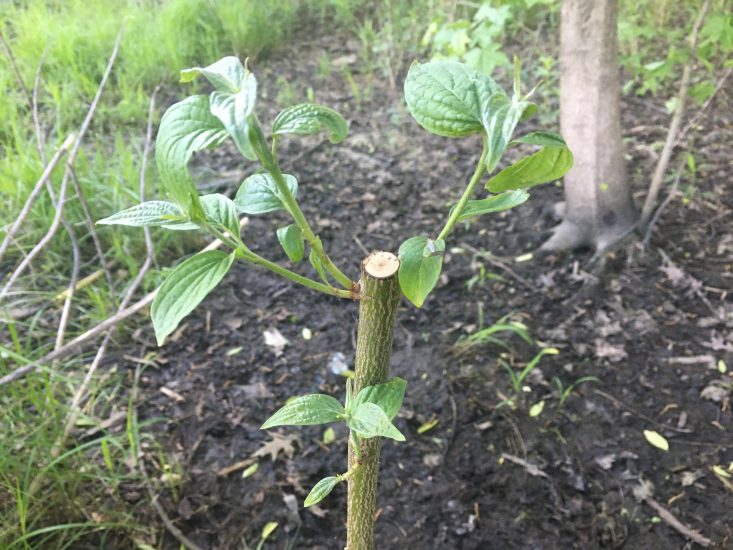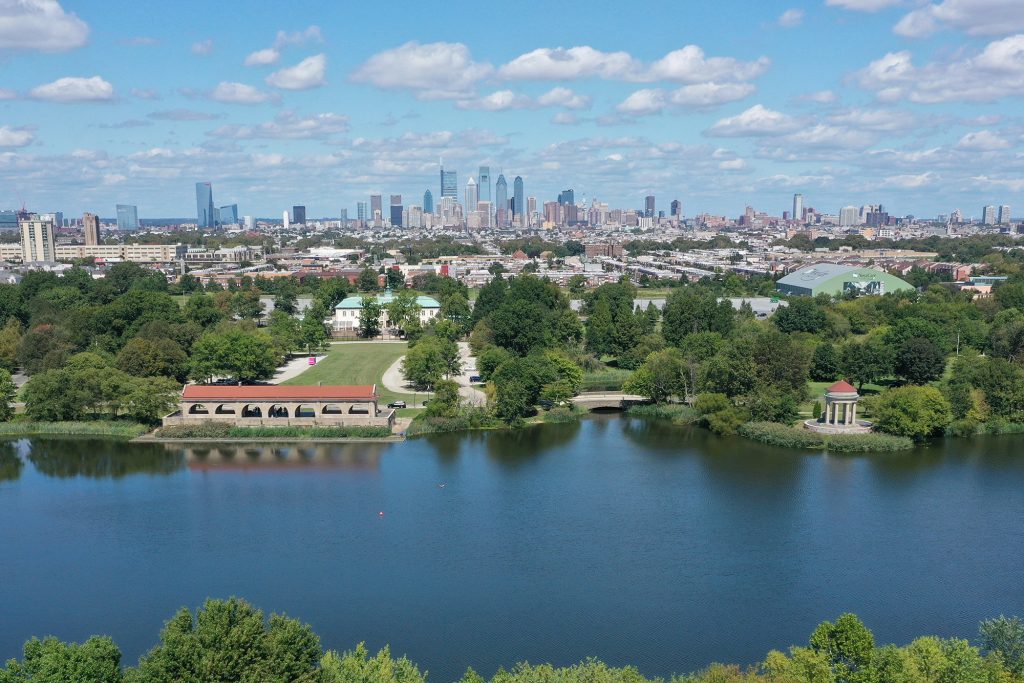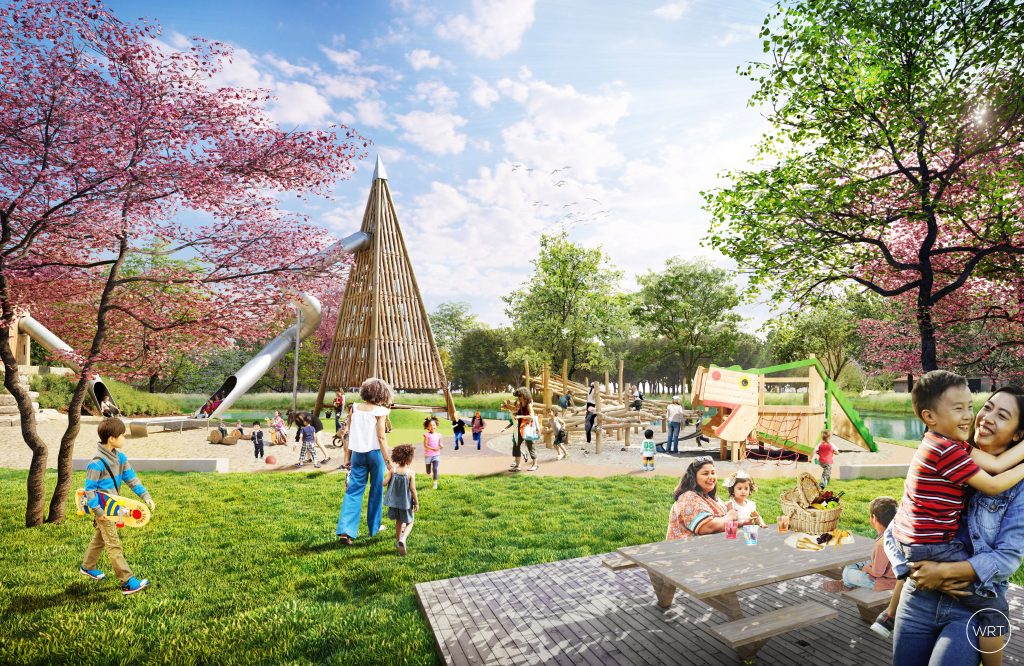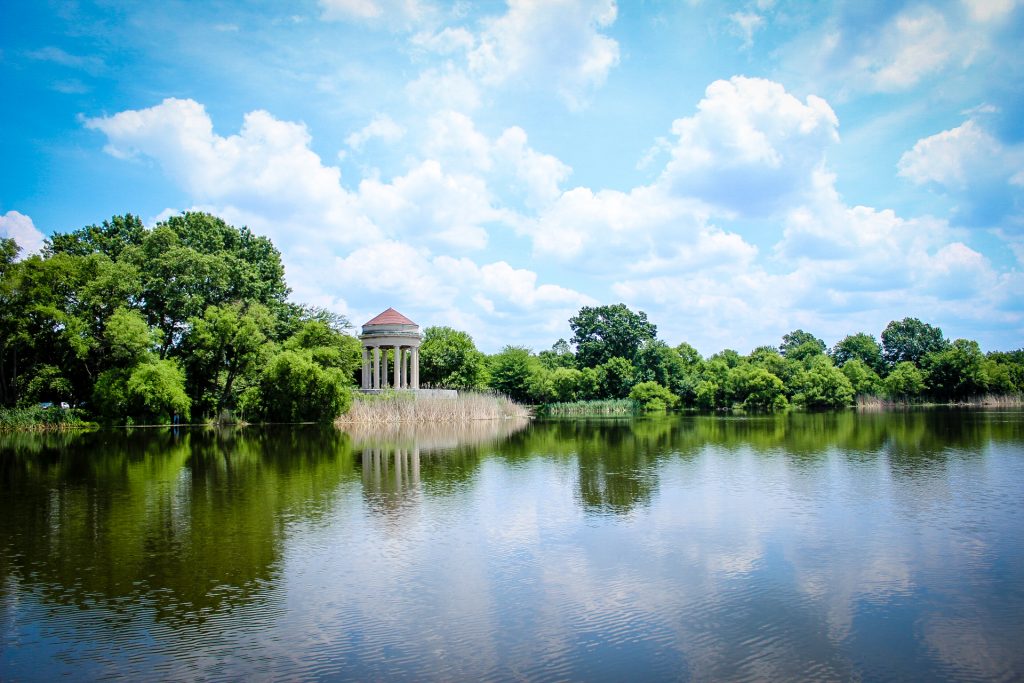Visit the edge of Edgewood Lake in FDR Park, and it might not look like much: just a bunch of sticks scattered around the lake’s edge.
But come back and visit in a few months time, and many of those sticks will have come to life, sprouting roots and working hard to promote a thriving habitat.
This process is called “live staking” and it’s a great way to restore areas impacted by erosion. Live stakes are branches of trees that are cut while the trees are dormant and then planted directly in the soil. These branches are able to develop roots and grow into new trees.
A variety of native trees and shrubs can be used for live staking including dogwoods, willows, ninebark, and winterberry holly. These species are ideal for live staking because they grow readily along stream banks and have the ability to develop roots from the cut stem.
About 1,250 live stakes were harvested at Greenland Nursery in West Fairmount Park. (You can read about the live stake harvesting process here.) About 125 live stakes were then planted at FDR Park by the natural lands teams of Fairmount Park Conservancy, Philadelphia Parks & Recreation, and three PowerCorps PHL Fellows who are based out of FDR.
But why plant live stakes, and why here? “This area around the Olmsted Overlook is being cleaned up heavily to open up the lake views. But at the same time, we’re trying to emphasize this crucial habitat by removing the invasive species and planting and diversifying the native species that are already there,” says Drew Rinaldi Subits, Natural Lands Field Coordinator.
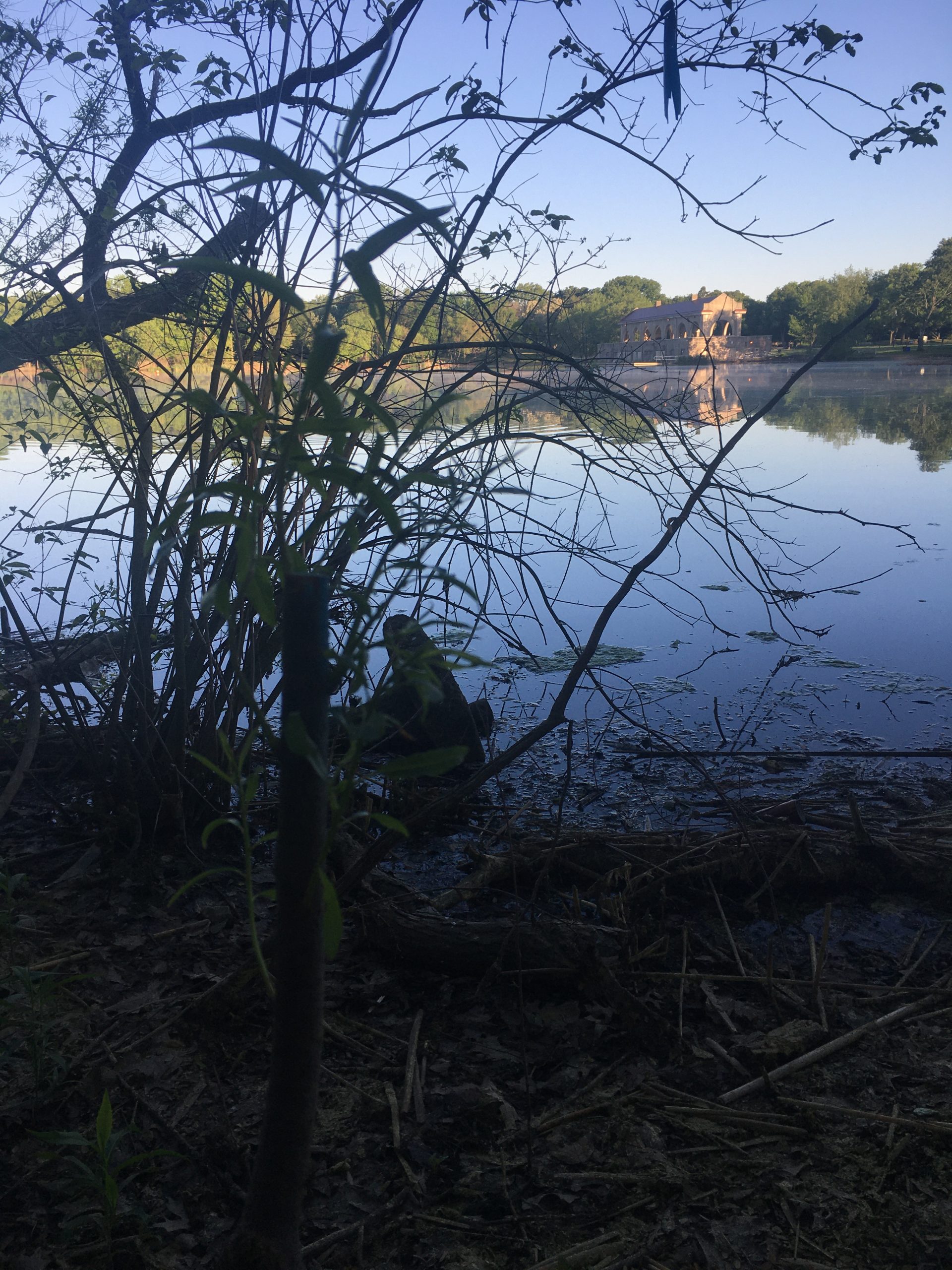
Once the live stakes grow roots, they will grow into trees and shrubs and promote a healthy habitat and wildlife. They provide much more benefit to insects, birds, and mammals than the invasive plants that were removed, such as phragmites (pronounced “frag-my-tees”). For example, willows are an excellent source of pollen and nectar for native bees and provide exceptional habitat for birds that nest in the trees.
Finally, planting live stakes is an incredibly economical and effective way to fortify the lake’s banks and control and prevent erosion – both crucial in an area that currently floods often.
“Live staking is very common for stream restoration work or various constructed wetland projects,” says Luke Rhodes, Natural Lands Project Manager. “But at least within the city, it’s less common that people are doing what we’ve been doing.”
In 2019, Luke and the natural lands team planted more than 1,000 live stakes along the stream banks on the grounds of the Fairmount Park Horticulture Center. It was part of the ongoing forest restoration project, and many of the original stakes continue to thrive, growing from 3-foot stakes to 8-foot-tall trees and shrubs.
The Natural Lands team at Fairmount Park Conservancy is hoping for the same success in FDR Park.
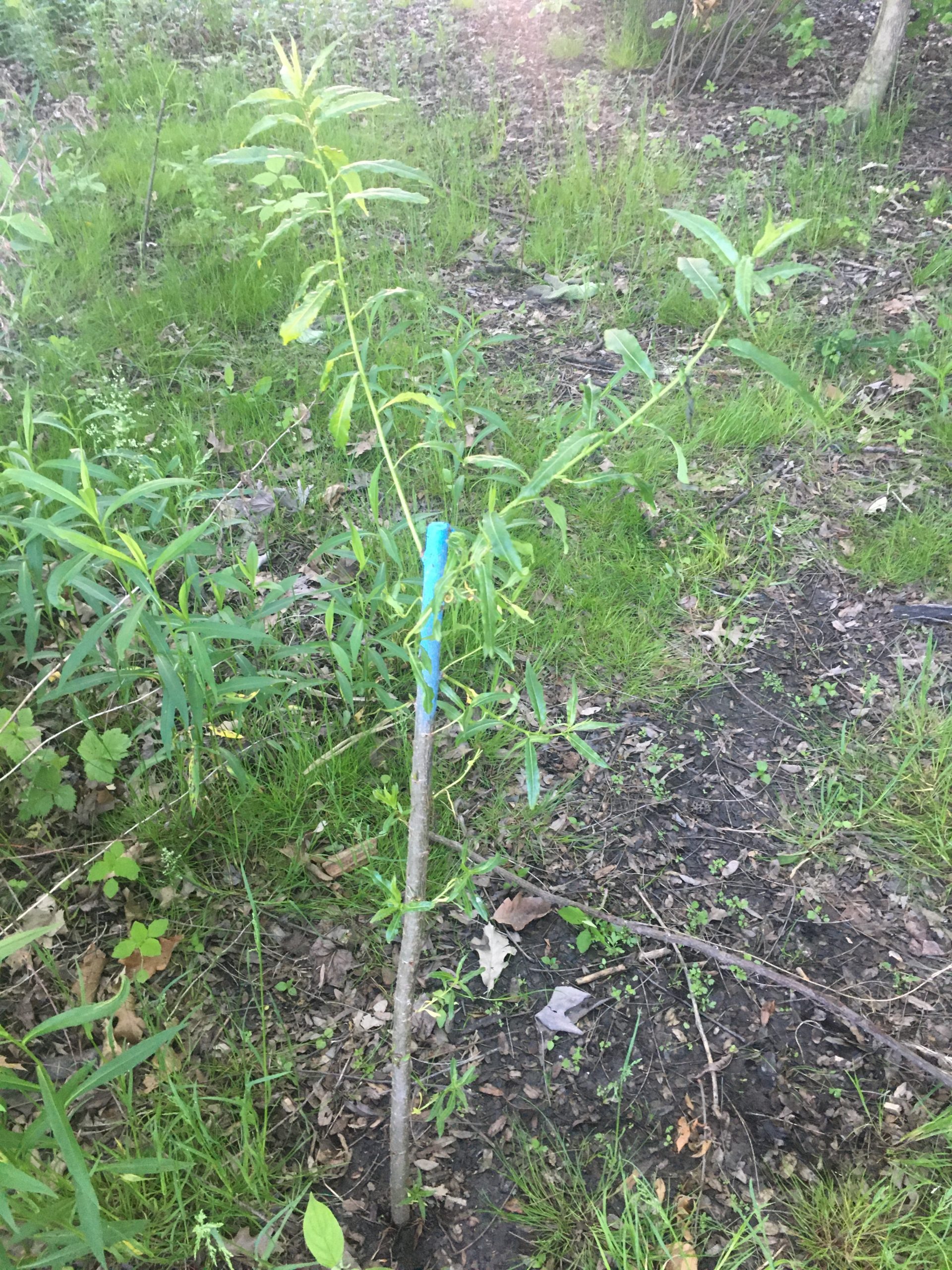
To learn more about the natural lands efforts and FDR Park’s future, please visit the FDR Park Plan page.
